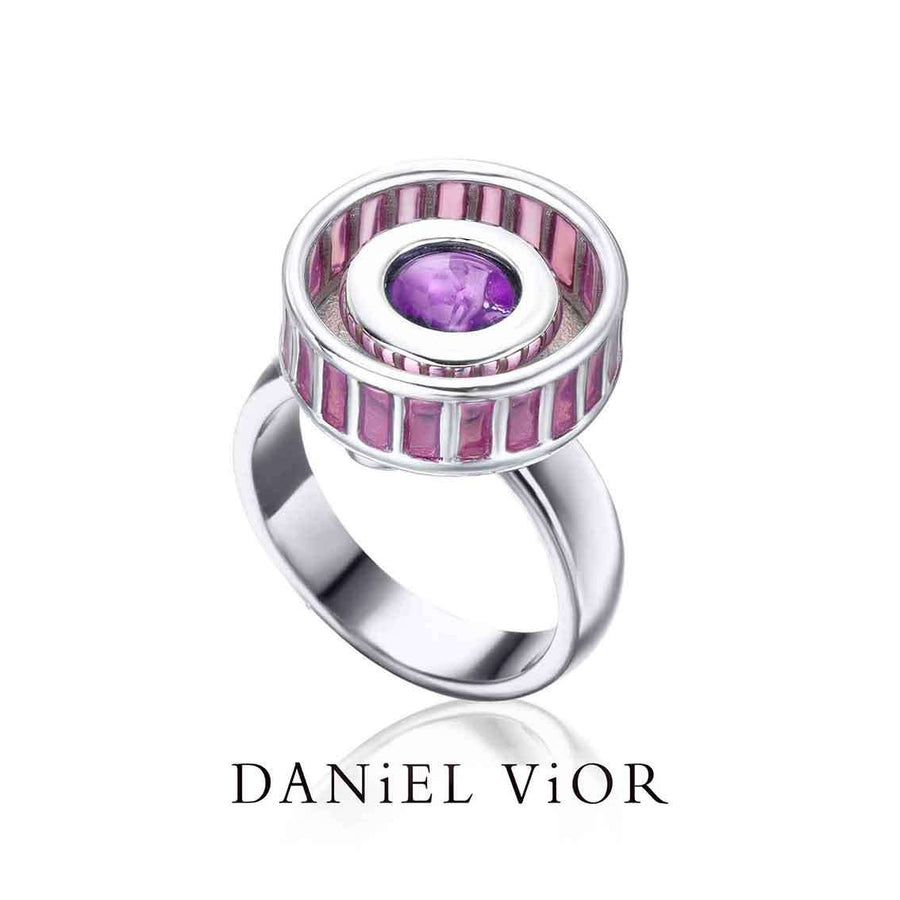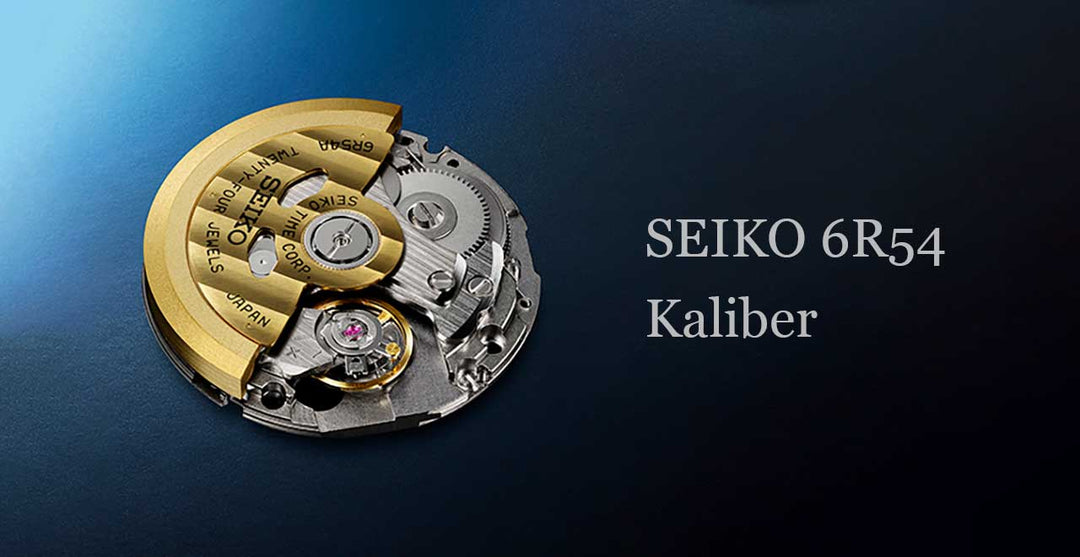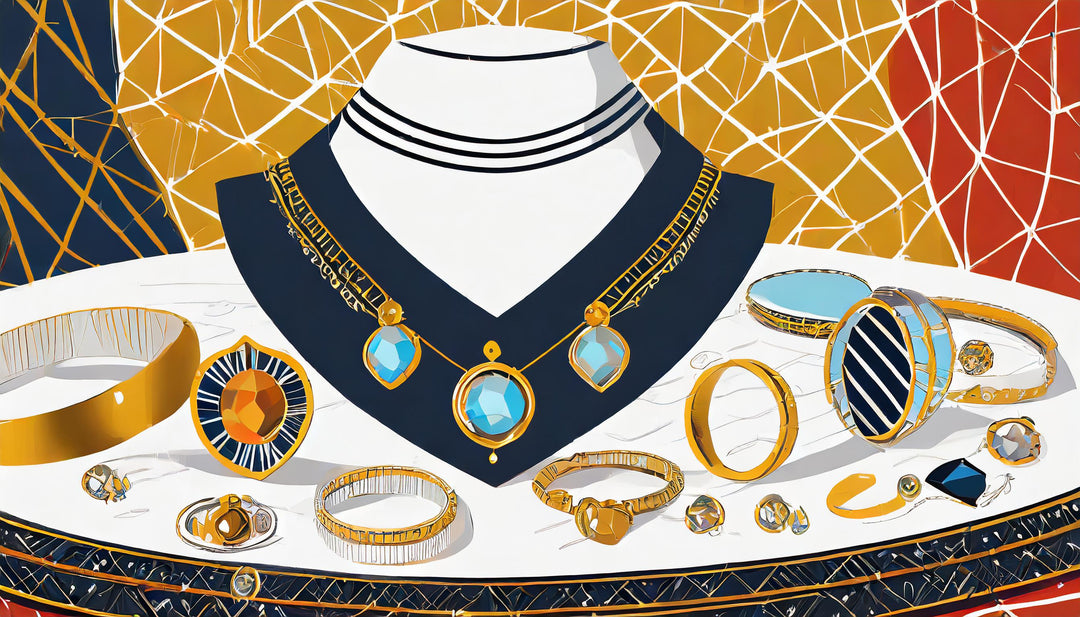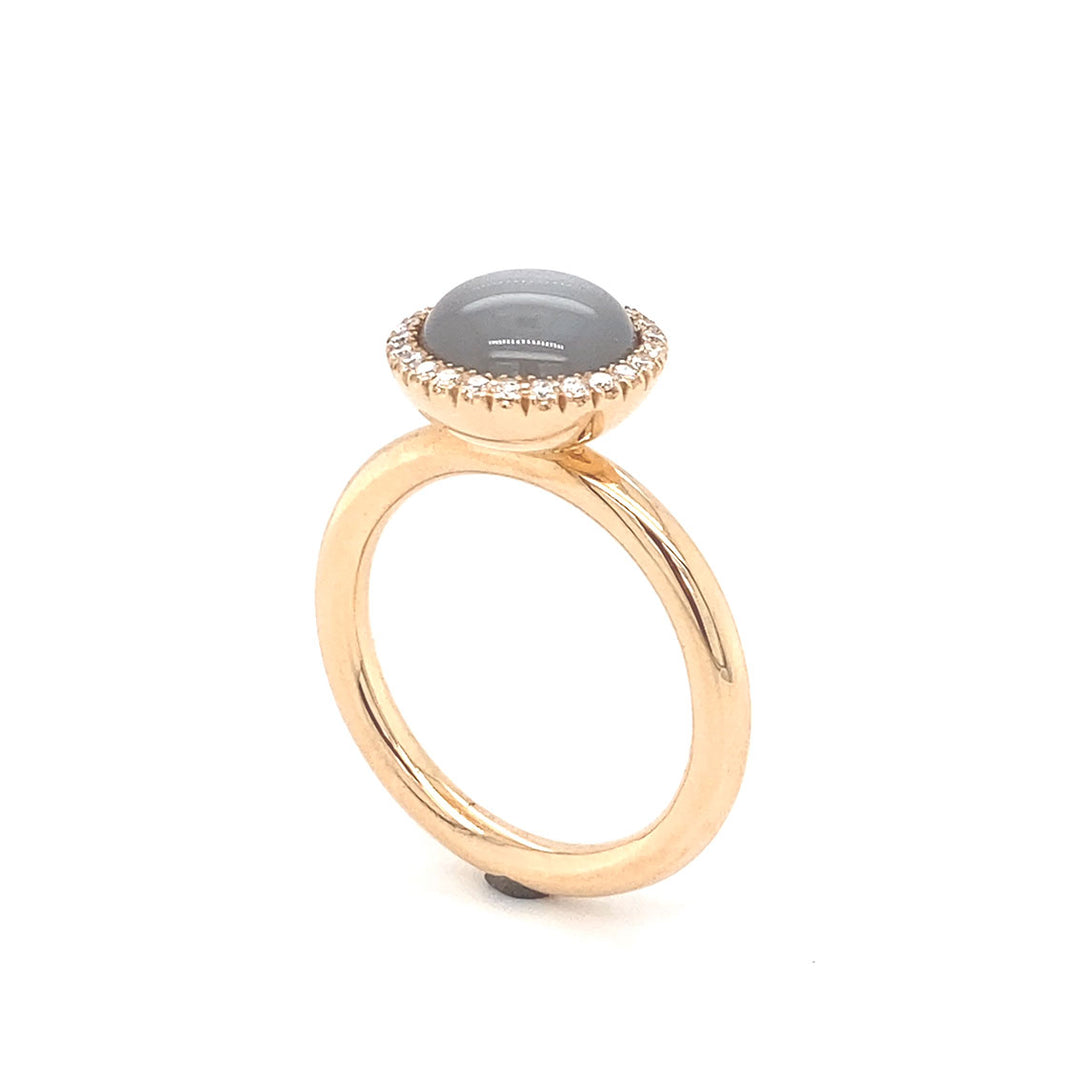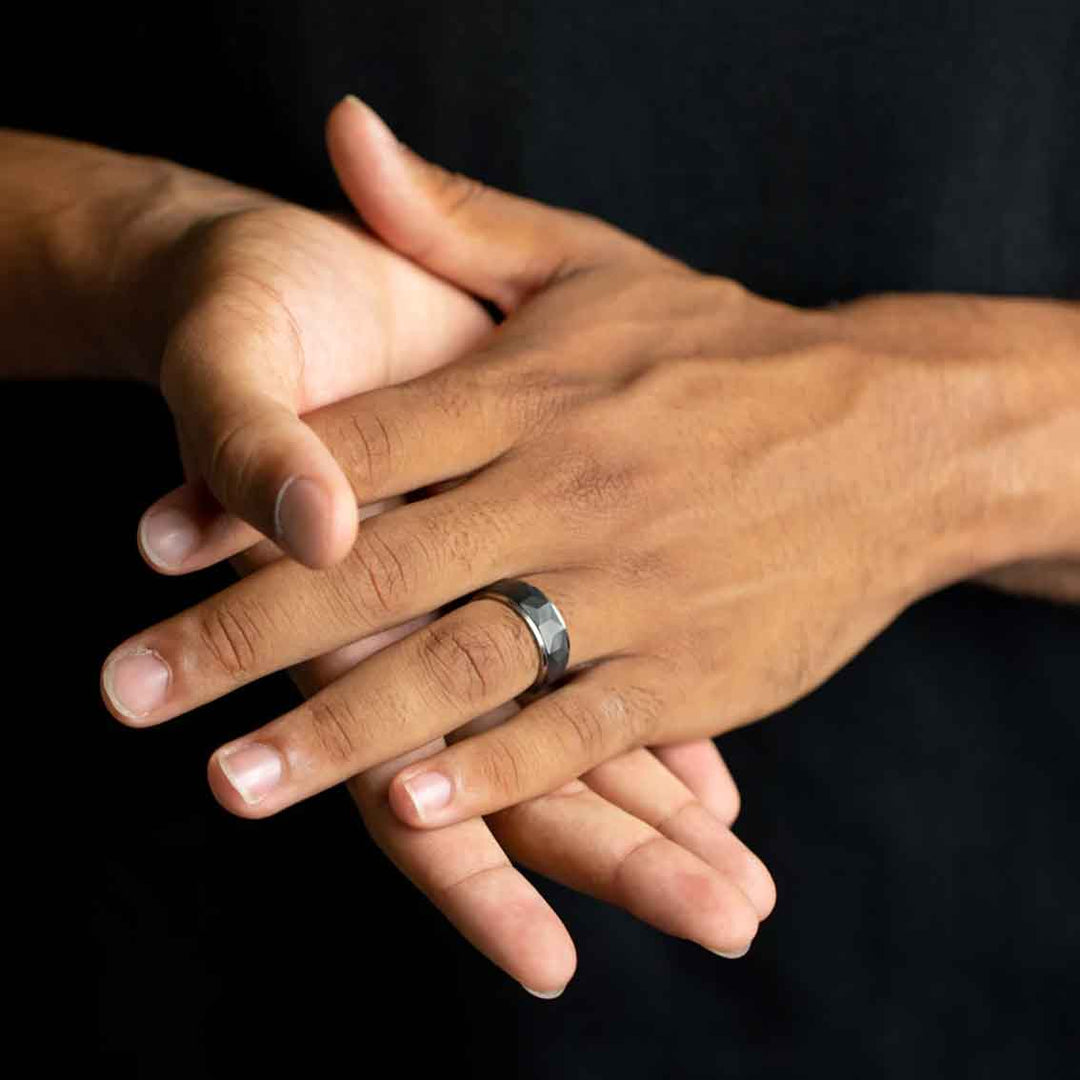The difference between real and synthetic diamonds
Diamonds are not only beautiful gemstones, they are also a symbol of love and luxury. Whether in engagement rings or other jewelry and jewelery, however, in recent years, more people have become aware of synthetic or lab-grown diamonds. But what exactly are the differences between real and artificial diamonds? In this article, we'll explore the various aspects that will help you make an informed decision.
Real diamonds are formed through a complex geological process. They require enormous amounts of heat and pressure, which typically occurs at a depth of 150 to 200 kilometers within the Earth's interior and takes millions of years.
The manufacturing process of artificial diamonds
Artificial diamonds are created in the laboratory using modern technologies. While the process is significantly faster, the final result—a diamond—has the same physical and chemical properties as its natural counterpart. There are two main methods: high-pressure, high-temperature (HPHT) and chemical vapor deposition (CVD). They are chemically and physically identical to natural diamonds.
High pressure high temperature method (HPHT)
The HPHT method mimics conditions similar to those found naturally in the Earth's interior where diamonds form. This occurs by placing carbon under extreme pressure (up to 5 gigapascals) and high temperatures (approximately 1,400 to 1,600 degrees Celsius). In this environment, the carbon crystallizes into diamonds. A common technique is the use of a metal catalyst to assist the process and accelerate diamond growth. HPHT diamonds often have similar properties to natural diamonds.
Chemical vapor deposition (CVD)
The CVD method is based on a different principle. It involves heating a gaseous carbon source, such as methane, in a vacuum chamber. This process releases carbon atoms, which then adhere to a substrate (e.g., a thin slice of diamond) and aggregate to form a diamond. This method allows for more precise control over the quality and size of the diamonds and can aim to produce high-purity and flawless stones. Both processes are effective for creating diamonds in the lab and enable the production of high-quality stones for the jewelry market.
Differences in properties and quality
Real and synthetic diamonds are identical in their basic properties. Both are extremely hard (Mohs hardness 10) and have the same optical properties. Their refractive index (2.417) and specific gravity (3.52) are identical.
The quality of diamonds is often assessed based on the so-called “4 Cs” :
- Carat (weight),
- Cut (grinding),
- Clarity (purity) and
- Color.
These grading methods apply equally to natural and synthetic diamonds, so buyers can expect the same quality standards in both cases.
Price differences
A key difference between real and synthetic diamonds is price. Synthetic diamonds are generally significantly cheaper than real ones. This is because they can be produced on a large scale and eliminate the challenges of mining. Buyers can often find a high-quality, beautiful stone at a much lower price, making synthetic diamonds particularly attractive.

Photo: Synthetic diamond 1.50 ct.
The price for such a laboratory diamond (F/vs2) is around € 1,000 (as of November 2024). For a genuine, natural diamond of the same quality, you can expect to pay at least € 15,000 in specialist shops.
Sustainability and ethical considerations
The environmental impact of diamond mining is a common concern. Mining potentially leads to the destruction of habitats, the depletion of water resources, and significant ecological damage. Synthetic diamonds offer a supposedly more sustainable alternative because they are created in a lab, thus placing less strain on the earth. However, according to a report by the IGS (International Gem Society) , up to 511 kg of harmful greenhouse gases are produced per carat of lab-grown diamond. Naturally mined and cut diamonds emit "only" 160 kg/ct —more than a third less.
In addition, there are often fewer concerns about ethical sourcing, as synthetic diamonds are not associated with the problems of so-called "blood diamonds." However, diamonds offered by reputable retailers are 100% conflict-free and mined using ethically responsible methods. The workers and miners involved receive fair wages. Their working conditions are safe, and human rights are respected.
How do you recognize lab diamonds?
- Certification: Reputable dealers of synthetic diamonds often offer certificates from recognized gemological institutions. These certificates provide information about the diamond's origin and confirm that it is a synthetic stone. Look for certificates from reputable institutions such as the Gemological Institute of America (GIA) , the International Gemological Institute (IGI) , or HRD (High Council for Diamonds) .
- Optical properties: Although lab-grown diamonds are structurally identical to natural diamonds, experienced gemologists can detect some differences upon close inspection. For example, lab-grown diamonds often exhibit specific growth characteristics or inclusions that are not found in natural diamonds.
- UV light test: Some lab-grown diamonds exhibit specific fluorescence behavior under ultraviolet (UV) light. While natural diamonds sometimes fluoresce, most synthetic diamonds exhibit varying fluorescence responses. However, this is not an absolute indicator, as not all natural diamonds fluoresce.
For laypeople, laboratory diamonds cannot be distinguished from natural diamonds!
What should you look for when buying lab-grown diamonds?
- Choosing a dealer : Choose a reputable and trustworthy dealer. Read reviews, seek recommendations, and ask questions to ensure the dealer is honest and transparent about the diamonds' origins.
- Certificates : Make sure lab-grown diamonds come with a meaningful certificate. The certificate should clearly state that it is a man-made diamond and include details on the 4Cs (carat, cut, clarity, and color).
- Price comparison : Compare the prices of lab-grown diamonds with similar real diamonds. Lab-grown diamonds are generally significantly cheaper. Make sure the price is reasonable and matches the stone's characteristics.
- Transparency about origin : Ask the dealer about the diamond's manufacturing method and the materials used. A reputable dealer should be willing to provide you with information about the manufacturing process.
- Inclusions and Quality : Consult your dealer about the specific characteristics and inclusions of diamonds. Occasionally, man-made diamonds are nearly perfect, so you may want to choose a visually similar natural diamond at a higher price.
Conclusion
In summary, the difference between real and synthetic diamonds lies in the origin and manufacturing process, not in the quality. Synthetic diamonds are a cost-effective option that is gaining popularity. Buyers should consider their personal values and preferences before making a decision. Whether to choose a real (perhaps smaller) or a synthetic diamond.
What is important is to be well informed and receive competent advice!




